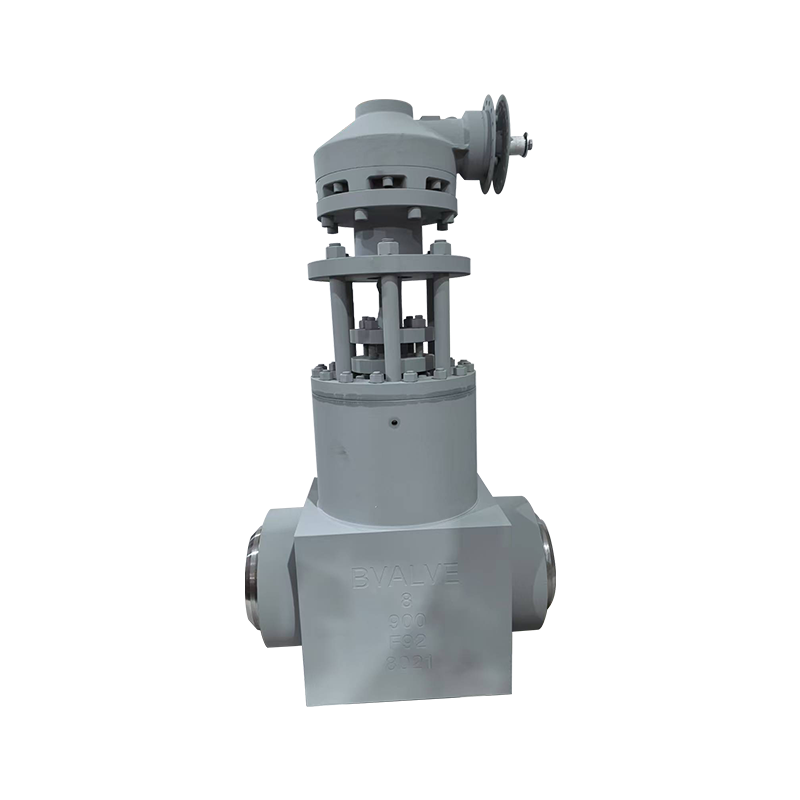
In many industrial systems, ensuring the correct direction of flow is essential, especially when working under high pressure. The High Pressure One Way Valve is designed specifically for these conditions. It allows fluid to pass in one direction while preventing reverse flow, protecting equipment and maintaining system stability.

This type of valve is often used in hydraulic systems, oil and gas pipelines, and high-pressure water or steam lines. One of its key advantages is its ability to withstand high internal pressure without compromising function. Materials commonly used include stainless steel, forged steel, and other high-strength alloys, selected for their resistance to pressure and corrosion.
The internal structure of a High Pressure One Way Valve usually includes a spring-loaded disc or ball mechanism. When the fluid flows in the correct direction, the pressure pushes the disc or ball open, allowing flow. If the flow reverses, the spring forces the disc or ball back onto the seat, sealing the passage.
Choosing a High Pressure One Way Valve is worthwhile for applications where safety and reliability are priorities. It minimizes the risk of backflow that could damage pumps, compressors, or sensitive components. Additionally, these valves are often compact and require little maintenance, reducing downtime in busy operations.
To ensure long-term performance, proper installation and regular inspection are recommended. The valve should be selected based on the pressure range, fluid type, and connection style required by the system.
The High Pressure One Way Valve offers dependable backflow prevention in demanding environments, making it a practical solution for high-pressure flow control.
When handling fluids at elevated temperatures, choosing the right valve is essential for both performance and safety. The High Temp Horizontal Check Valve is designed to control the direction of flow in piping systems where fluid temperatures are significantly above average. It is commonly found in power plants, steam systems, and high-temperature chemical applications.
This valve type is installed in a horizontal pipeline and uses gravity or spring-assisted mechanisms to allow forward flow while preventing reverse flow. Its body is typically made from heat-resistant materials such as stainless steel, alloy steel, or cast steel with specific heat-tolerant properties. The internal components, including the disc and seat, are also engineered to withstand thermal expansion and minimize wear.
One of the practical advantages of the High Temp Horizontal Check Valve is its stable sealing performance, even under fluctuating temperatures. The valve closes automatically when reverse flow occurs, helping to protect equipment and maintain system integrity. In steam systems, for instance, this helps avoid pressure drops and keeps operations consistent.
Proper sizing and installation are critical for efficient operation. The valve must be positioned correctly to ensure the internal disc functions as intended. Many models include guided disc designs that reduce noise and vibration, which can be more noticeable at higher temperatures.
Maintenance for this valve type is relatively straightforward. Regular inspections help identify signs of wear or seat erosion, which can be more common in high-temperature systems. With appropriate care, these valves deliver long-term reliability.
The High Temp Horizontal Check Valve is a dependable option for high-temperature environments. It ensures smooth, controlled flow while resisting heat-related stress, making it suitable for demanding industrial applications.

